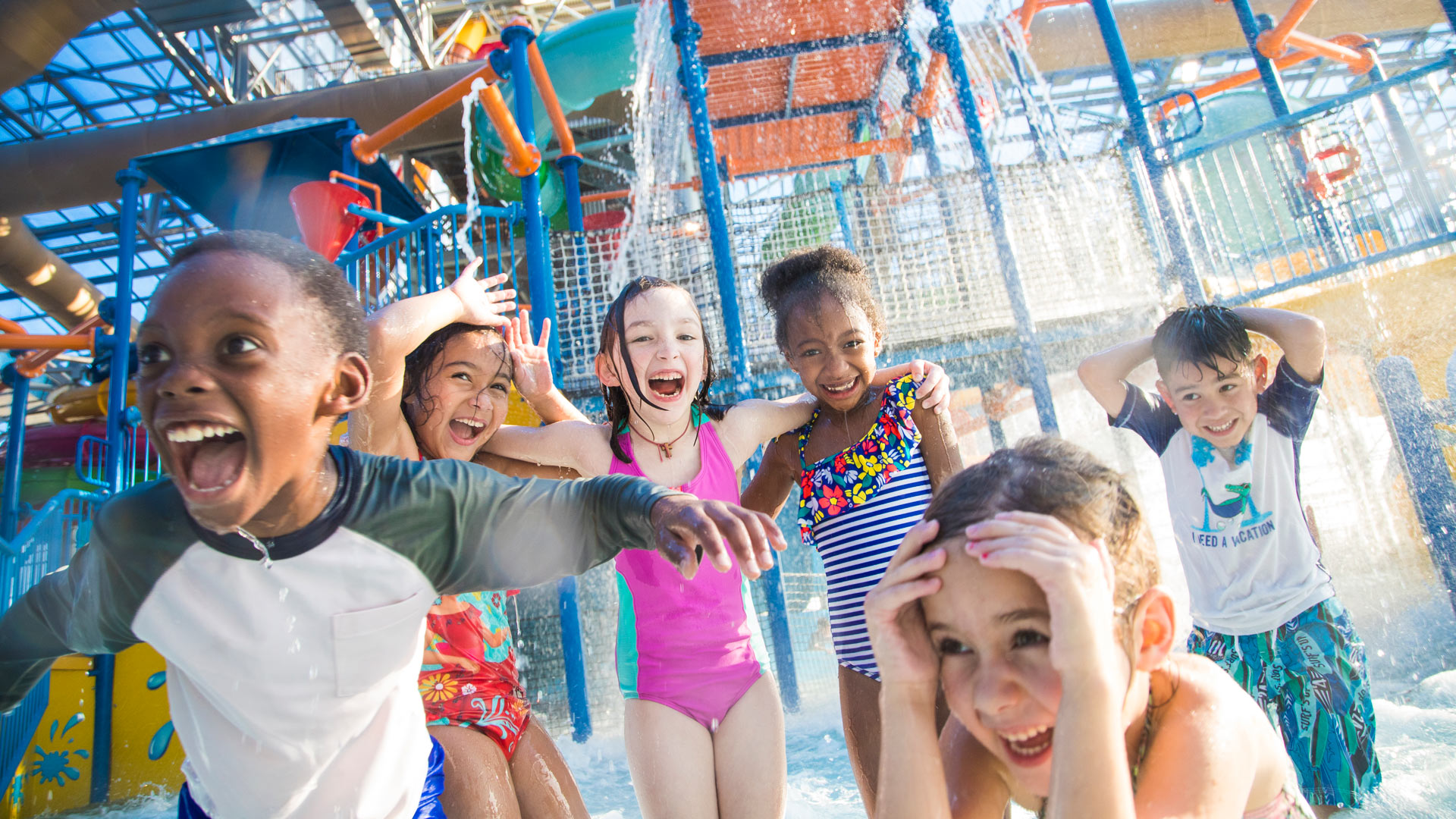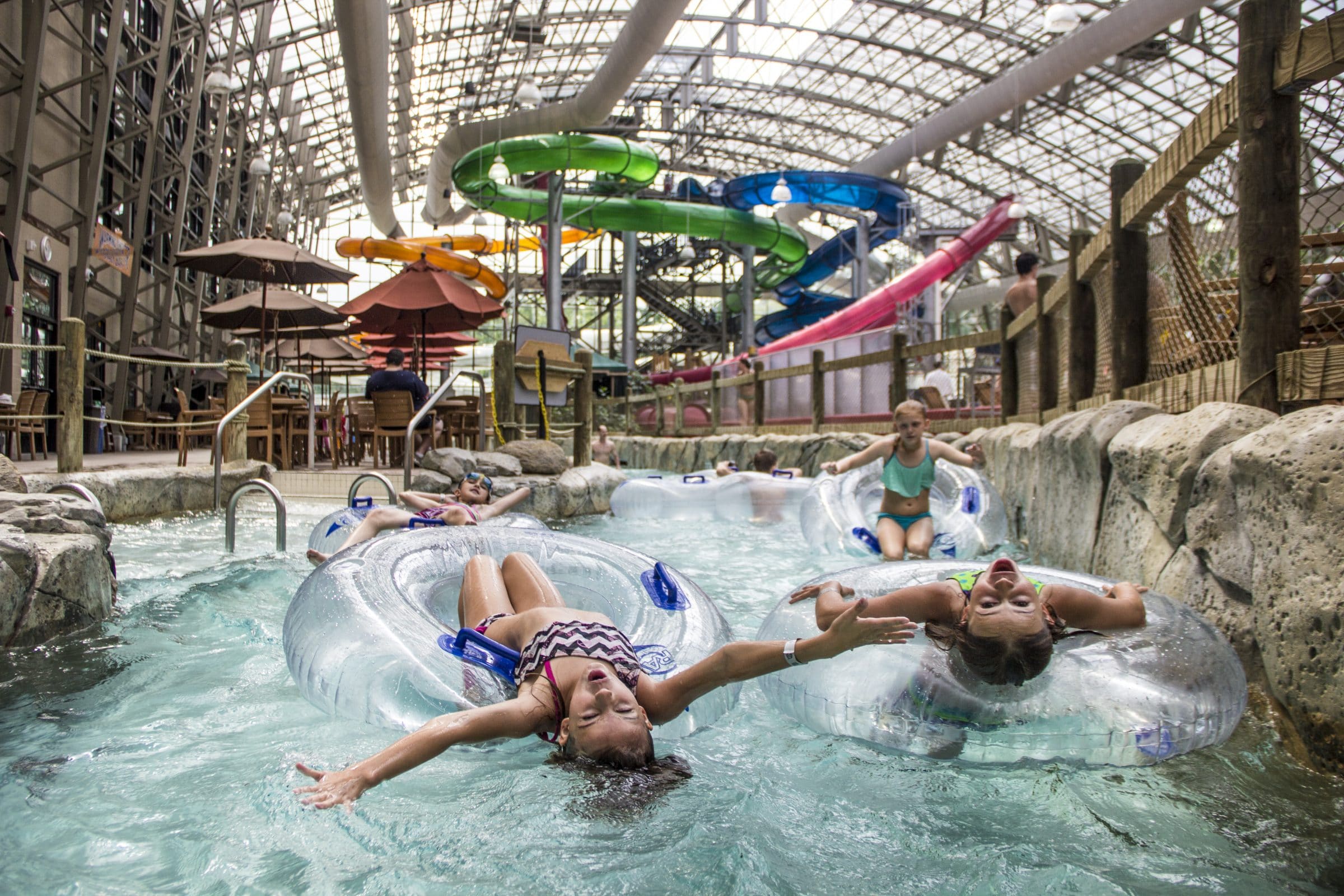Waterpark Indoor Air Quality in Times of COVID
ramaker insights
Waterpark Indoor Air Quality in Times of COVID
aquatics
waterpark indoor air quality in times of covid
Recently Ramaker was invited to join a panel on the discussion of social distancing and waterpark attractions. As a firm with over 25 years of experience in the aquatics industry, we were happy to do our part and focus on Indoor Air Quality (IAQ) for our segment.

As a full-service architecture and engineering firm, we have a great deal of experience when it comes to focusing on air and water quality. While proper IAQ has always been a concern of ours, COVID has brought this to the forefront of discussions, especially for waterparks looking to open their doors after being closed for months.
So, when it comes to water quality and health concerns, COVID may be new, but we are already prepared. The connection between pool water quality and potential health concerns is well-documented through Legionnaires Disease, “lifeguard lung”, and cryptosporidium. The current state of the world has put a spin on this by focusing on the guest experience and how they see changes that are implemented for the safety of all.
Water quality issues are well-known, some solutions have been found, and further improvements are evolving. The things you need to do are use pool water controllers, maintain records, and learn how water quality varies.
Key items to keep in mind include
- proper recirculation system design
- appropriate turnover time
- filtration system
- chlorination
- ORP and pH control
- secondary water treatment
The CDC has stated that COVID is not transmitted through properly maintained pool water. But we cannot let our guard down regarding water quality. Pool water maintenance concerns by guests will lead to the perception that pool water is dangerous; which would be difficult to overcome.
While there is a connection between poor water quality leading to poor air quality, it isn’t quite that simple. And it will be more of a concern due to COVID. Always take note of your facility atmosphere and read up on the current CDC and ASHRAE guidelines to see if your mechanical systems need to be looked at.
SMALLER INDOOR AQUATIC FACILITIES
For smaller indoor aquatic facilities, the focus is on mechanical dehumidification. Much of the air is recirculated at minimum code requirements. You could install more effective air filters but there are engineering/operational considerations. Higher grade filters lead to increased system pressure. Installing an additional disinfection treatment, such as UV, is also an option but can you afford the cost/maintenance?
NATATORIUMS
In natatoriums, the air handling system design is often like smaller aquatic venues recirculation and dehumidification. Many of the same issues, but on a greater scale. There is an increased focus on energy conservation with the use of Energy Recovery Units (ERUs) and the transfer of heat from exhaust to outside air. Use of 100% outside air is a reasonable goal but the cost and maintenance are greater.
INDOOR WATERPARKS
Indoor waterparks have active water waterfalls, wave action, slides, geysers, spray features, and tipping buckets, which greatly affect indoor air quality. There is also increased pool water evaporation and gassing-off of chemicals. Leading waterpark designers, like Ramaker, have been trending in the right direction with outside air for dehumidification and improved air quality. ERUs are commonly used though they are large and costly to install, maintain and operate.
KEY TAKEAWAYS
COVID has brought about lots of discussion on natural ventilation as a response. Again, the leading indoor waterparks have been trending correctly. You want to move large air volume with vents and exhaust fans, the use of open sidewalls, and/or an operable roof system. When temperatures allow, you want to open the building and ventilate naturally.
Infection via air transmission is of critical concern. With recirculation, the concentration of indoor air pollutants increases. With outside air addition, the concentration of indoor air pollutants decreases. Natural ventilation helps reduce the concentration of indoor air pollutants.
However, natural ventilation will not work for all situations. Building type, location, and/or climate all have an effect. Make sure to consider the following for your ventilation needs:
- Use of Energy Recovery Units
- Proper air duct supply and return vent locations are critical
- Move bad air away from the swimmers and patrons
- Off the water surface and away from pool decks
- Eliminate stagnant air Use pool gutter air ventilation
- Use large ceiling fans
We are all doing our best to maintain operations and also provide a safe, healthy environment for guests. If you have any questions on the above, please reach out to Daryl here.
And if you’re interested in seeing the full panel presentation, just head on over to the World Waterpark Association website and go to the Webinar Archives > COVID-19 Related Webinars > Designing Social Distancing Into Your Waterpark Attractions.



DARYL MATZKE, PE
Aquatics Market Leader
Daryl contributes 30 years of experience in the Aquatics industry. His specialty lies in managing large-scale, multi-discipline developments. His areas of expertise include plan development and calculation review, conceptual planning, regulatory review and permitting, project management, construction engineering, construction inspection, contract administration, and quality control.



